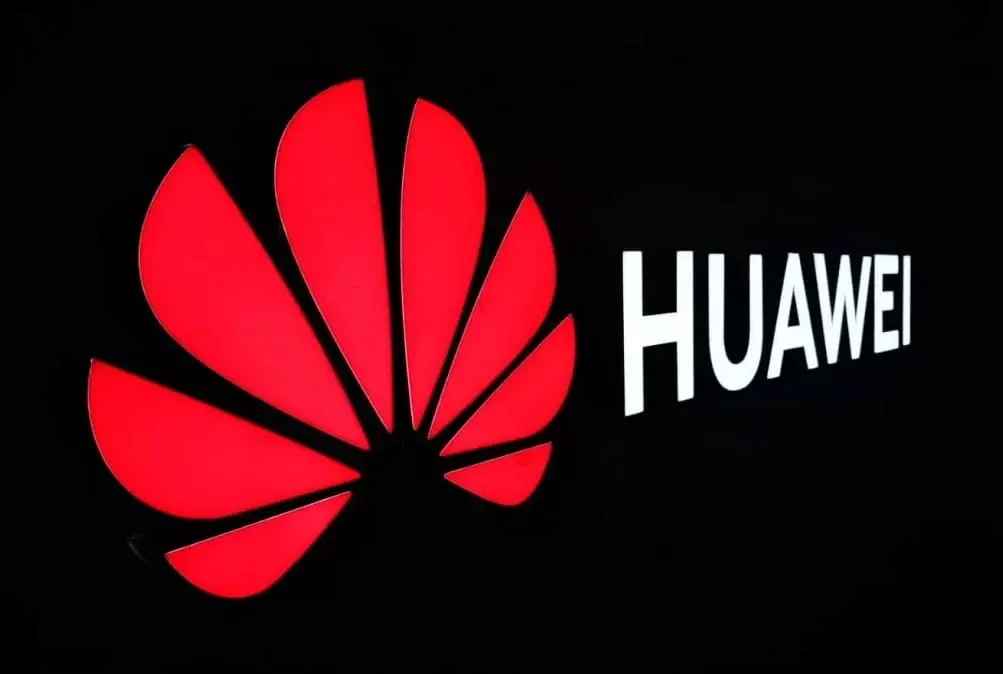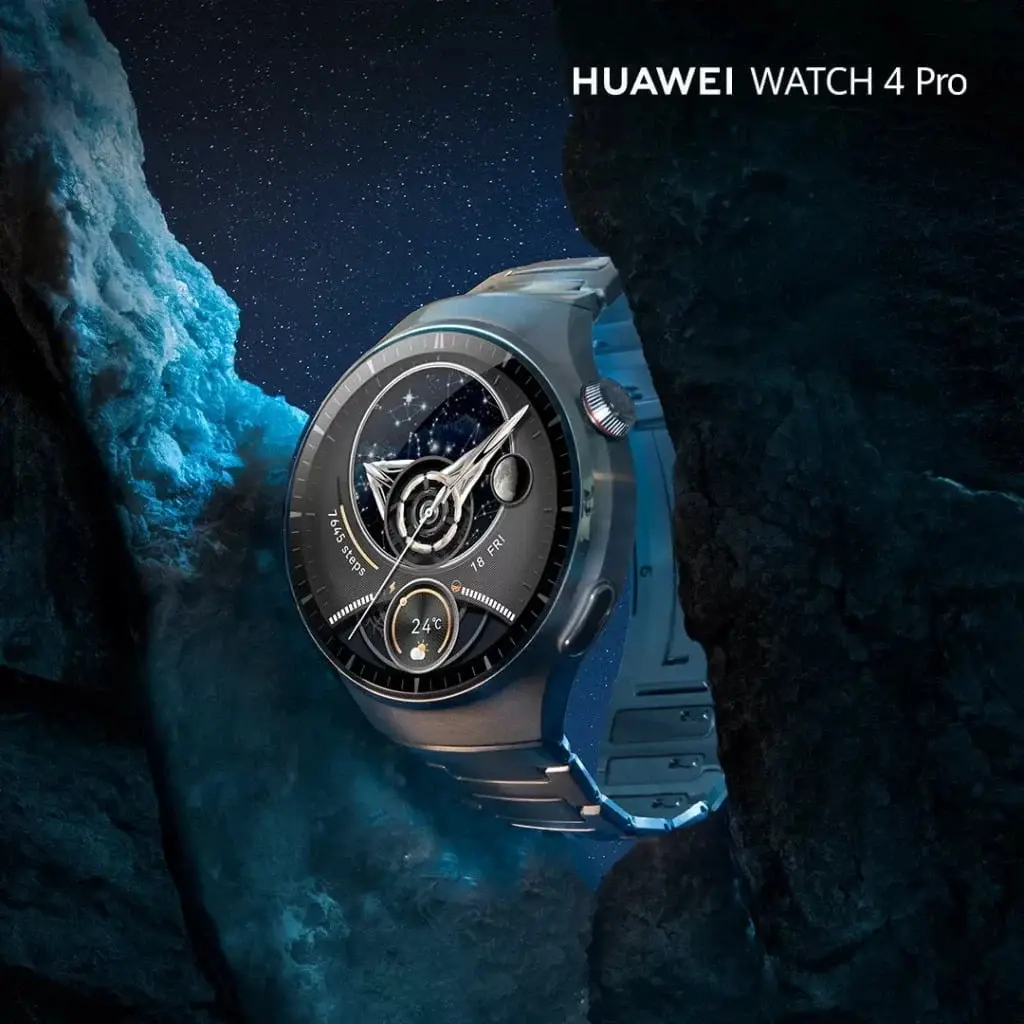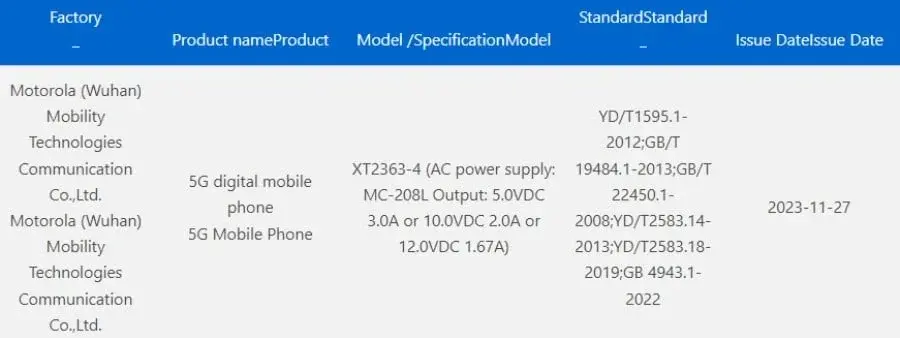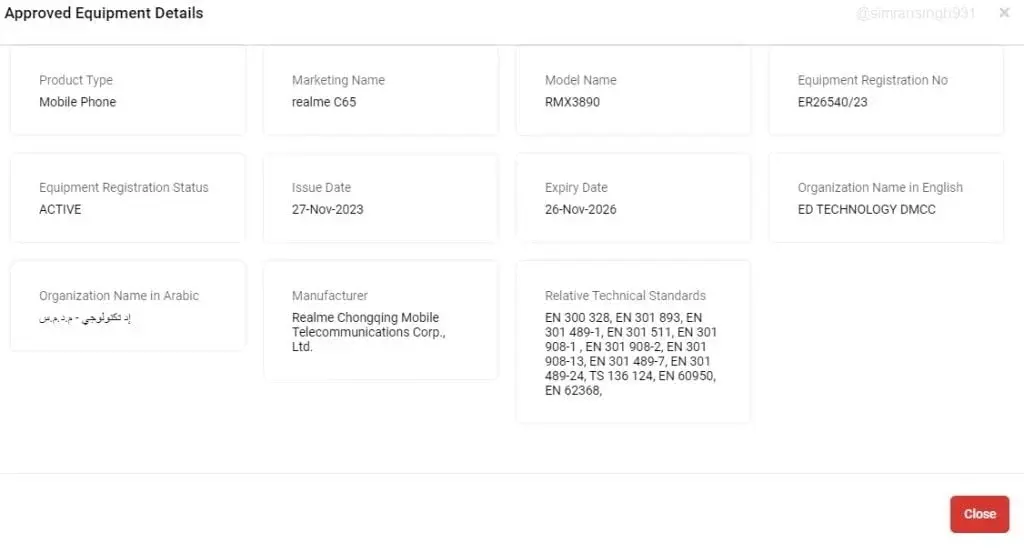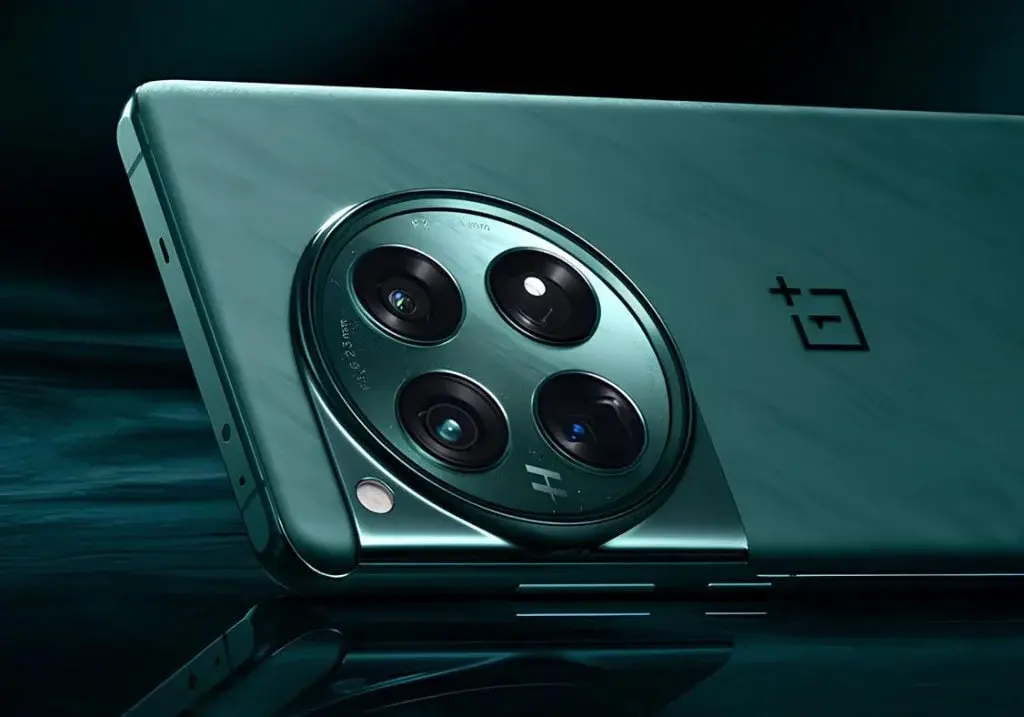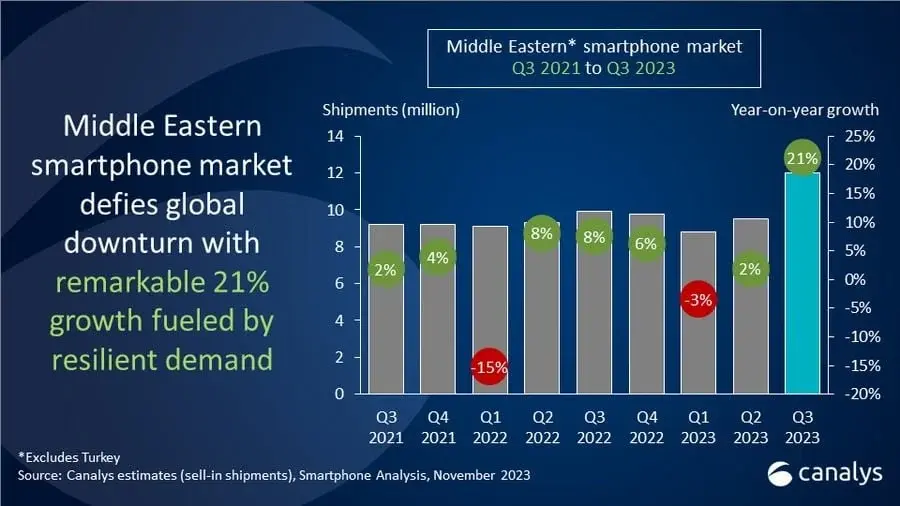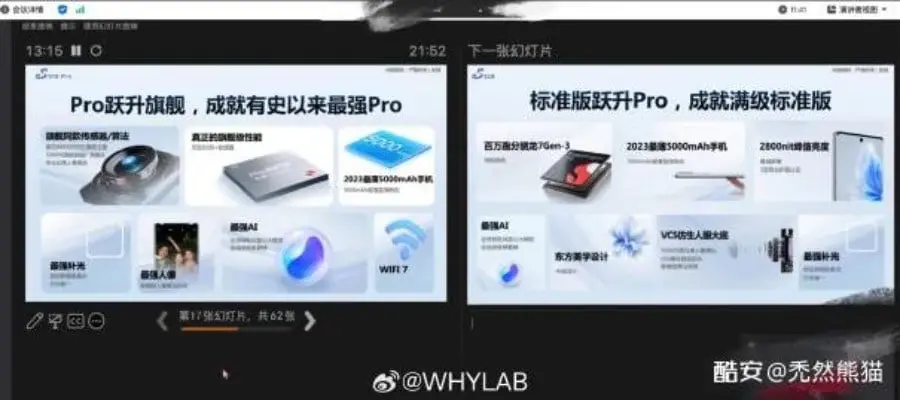Huawei Partners with Hailiang Group to Offer Advanced Digital Solutions
Chinese tech giant Huawei Technologies is making strategic moves to diversify its business amid challenges from US sanctions. The company has now partnered with Hailiang Group, China’s top copper pipe exporter and a global market leader, to offer advanced digital solutions.
Expanding Collaboration
The collaboration between Huawei and Hailiang Group builds on their ongoing partnership since 2022. Hailiang Group, with its diverse interests in mining, education, agriculture, and real estate, stands to benefit significantly from Huawei’s expertise in cloud computing, artificial intelligence (AI), and 5G technology.
Revolutionizing Operations
The aim of this partnership is to revolutionize Hailiang’s operations across various fronts, including digital management, smart manufacturing, and green energy initiatives. By leveraging Huawei’s technological prowess, Hailiang Group can enhance its efficiency and competitiveness in these areas.
Diversifying Revenue Streams
This move is part of Huawei’s broader strategy to create new revenue streams by offering its technological capabilities to conventional industries. The sanctions imposed by the US in 2019 prompted Huawei to rethink and reshape its business model. In response, the company established specialized teams, known as “legions,” to focus on creating bespoke digital transformation solutions for industries such as mining, customs, and smart highway systems.
A Testament to Resilience
The collaboration with Hailiang Group not only expands Huawei’s business but also serves as a testament to its resilience and adaptability in the face of external pressures. This initiative showcases Huawei’s capability to drive innovation beyond telecommunications and highlights its commitment to finding new opportunities for growth.
In conclusion, Huawei’s partnership with Hailiang Group represents a strategic move to diversify its business and offer advanced digital solutions. By combining their expertise, the two companies aim to revolutionize operations and drive growth in various industries. This collaboration demonstrates Huawei’s resilience and adaptability, as well as its commitment to innovation beyond telecommunications.

